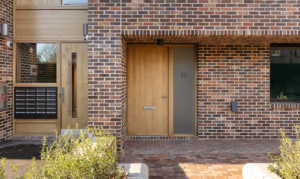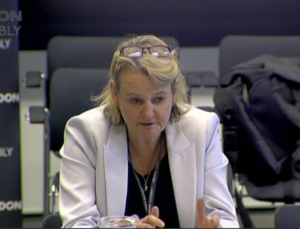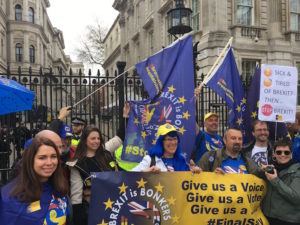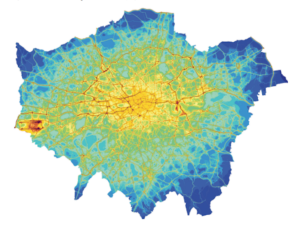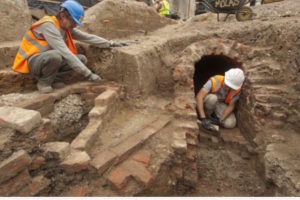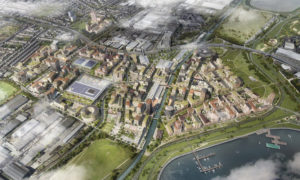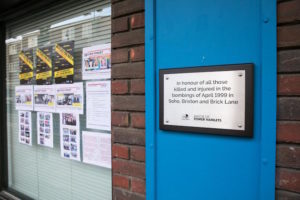Hackney Council has built no less than 912 by itself since 2009. That’s despite receiving barely a penny of national government funding to do so amid austerity, a constantly shifting national housing policy environment and a Conservative Mayor of London from 2008 until 2016.
I’m incredibly proud of that record, achieved – it shouldn’t be forgotten – during a sustained attack on council housing and tenants by a succession of housing ministers and prime ministers who have turned to a failing market to build the genuinely affordable homes our city needs.
Hackney, the borough I lead as its Mayor, has done it by acting as our own developer, and building for ourselves on our own land rather than flogging it to the highest bidder, while giving tenants and leaseholders a meaningful voice in what their new homes look and feel like.
And we’re getting noticed – our new homes have been called “some of the best council housing ever built” and we’ve picked up a bulging shelf of architecture and design awards. Most importantly, our residents – whether they rent or buy – love their new homes.
But as we mark the centenary of the Housing and Planning Act 1919 that marked the first direct council housebuilding in Hackney – dubbed the Addison Act after Shoreditch MP Christopher Addison – the sad truth is that we’re simply not building enough homes to tackle London’s growing housing crisis.
There are 13,000 families on Hackney’s housing waiting list alone, more than 3,000 of whom are homeless and in temporary accommodation. If we are to provide them with the genuinely affordable council homes they deserve, Hackney and other boroughs must return to their historic role as housebuilders at scale.
Sadiq Khan recognises this. This week, I set out how we’ll use the funding he awarded Hackney through his building council homes for Londoners programme to deliver 100 more council homes for social rent than would otherwise have been possible. Without that money from the London Mayor, we would have had to sell outright or use for shared ownership some of the new homes in order to help pay for the expensive business of building new Council homes through our cross-subsidy model.
That’s 100 more families on our waiting list with a permanent, modern and high-quality place to call home. While the government’s removal of its arbitrary cap on our ability to borrow to fund housebuilding last year was welcome – and something I had long campaigned for – ministers did not give local authorities in London any additional direct funding to build social housing. So although house building ambitions are no longer handcuffed in that pointless way, we can’t simply borrow to build the homes we require, especially given the need to maintain our existing stock and deliver the urgent fire safety work that is so necessary after the Grenfell tragedy.
Without the Mayor’s lobbying for the capital, and his provision of cold hard cash, we would not be able to deliver these 100 homes at social rent levels or start work on a new long-term programme to build another 2,000 over the next few years.
Stable, sensible grant funding would transform the delivery of council housebuilding in London and across our country. If ministers were serious about tackling the housing crisis, they’d follow Sadiq’s lead, back Hackney’s vision and celebrate the anniversary of the first council homes by kickstarting a new era of public sector housebuilding.
Philip Glanville is the Mayor of Hackney.

